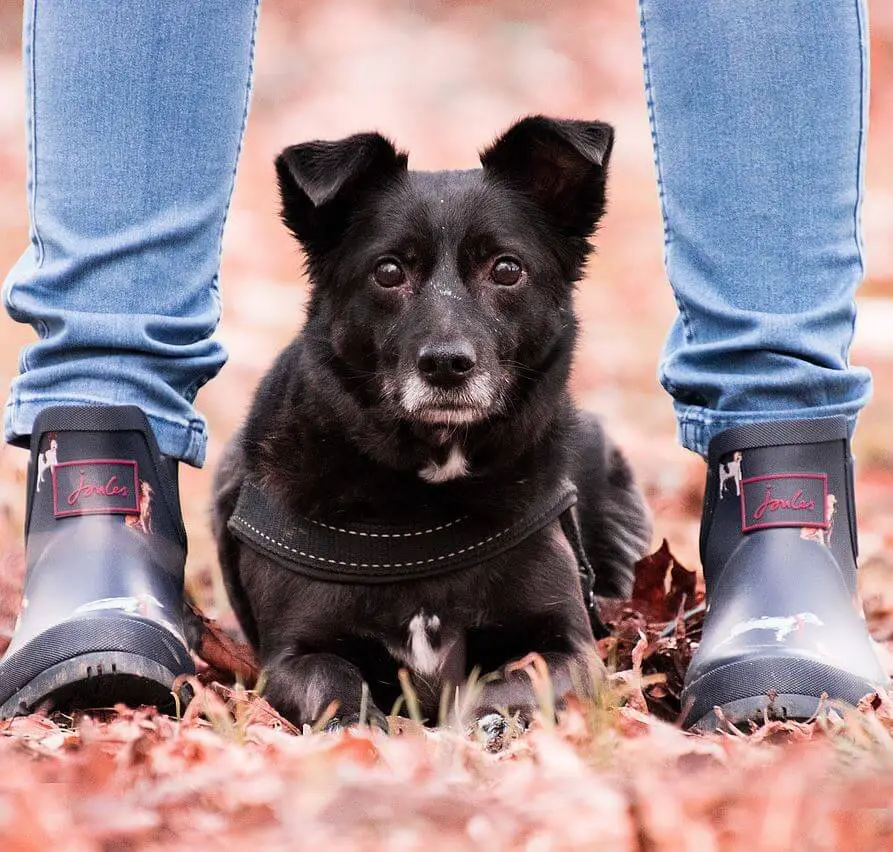In the realm of dog behavior, the concept of the “alpha” dog as the dominant pack leader has undergone significant reevaluation by modern animal behaviorists. Rather than adhering strictly to hierarchical structures, the dynamics of domesticated dog groups are far more nuanced. However, discerning the nature of your bond with your dog companion and nurturing a harmonious relationship remains paramount.

Here’s what to consider when assessing your connection with your dog:
- Mutual Respect and Trust: A robust human-dog relationship hinges on mutual respect and trust. Your dog should feel at ease in your presence, heed your guidance within reasonable bounds, and willingly comply with your directives during training and outings. In return, you should cater to their needs, furnish love and security, and eschew punitive measures in favor of positive reinforcement.
- Understanding Dog Communication: Dogs convey their thoughts and feelings through body language, vocalizations, and scent. Familiarize yourself with your dog’s behavioral cues to decode their emotions and requirements accurately. This ability empowers you to respond appropriately, thereby fortifying trust and rapport.
- Effective Communication and Training: Employ positive reinforcement techniques such as treats, verbal commendations, and interactive play to instill desired behaviors in your dog. Emphasize the rewarding of favorable actions while ensuring that training sessions remain enjoyable and stimulating for both parties involved. Conversely, resorting to harsh corrections or displays of dominance can erode trust and instill fear, jeopardizing the relationship.
- Meeting Your Dog’s Needs: Fulfill your dog’s physiological and psychological requisites by providing ample nourishment, hydration, physical exercise, mental stimulation, and avenues for social interaction with fellow dogs, where appropriate. A contented dog is more inclined to exhibit exemplary conduct and heed your directives.
- Consistency is Key: Maintain consistency in your expectations, routines, and commands to facilitate your dog’s comprehension of desired conduct. This consistency fosters a sense of security and predictability, facilitating the establishment of trust between you and your dog companion.
Signs of a Strong Bond:
- Following Cues: Your dog consistently responds to basic commands, even in the presence of distractions.
- Relaxed Demeanor: Your dog displays signs of relaxation and security, such as wagging its tail, assuming a loose body posture, and seeking affection.
- Eye Contact: Your dog makes deliberate eye contact with you, indicative of trust and emotional connection.
Remember:
The objective is to cultivate a relationship characterized by affection and mutual respect rather than striving for dominance. By prioritizing positive reinforcement, clear communication, and the fulfillment of your dog’s needs, you can forge a durable and fulfilling bond with your cherished companion.
